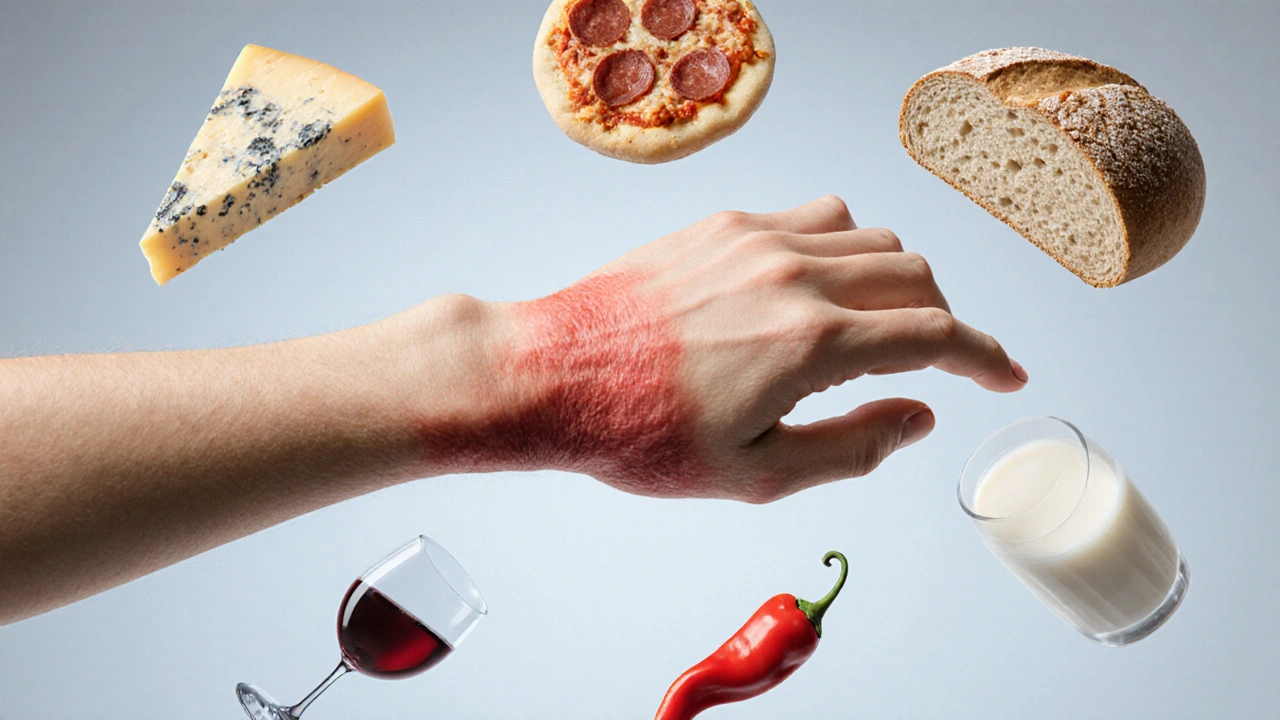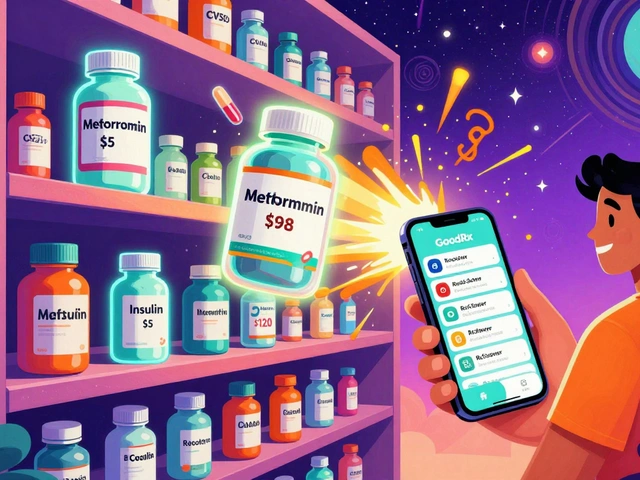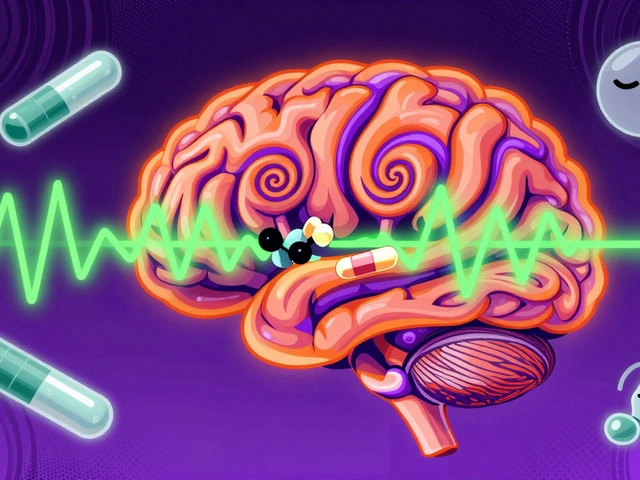Dietary Triggers for Skin: What to Watch and Why
When dealing with dietary triggers for skin, specific foods or nutrients that can provoke skin reactions like acne, eczema, or hives. Also known as skin‑triggering foods, it plays a big role in how clear or irritated your complexion looks. You might have noticed a breakout after a night out, a rash after a new salad, or extra dryness during a holiday feast. Those are not random – the food you eat can fire up inflammation, alter oil production, or mess with the skin barrier. Below we’ll break down the main culprits, the science behind them, and simple ways to keep your skin happy.
Common Food Culprits and How They Act
One of the first things to understand is that not all triggers work the same way. Food allergies, immune‑mediated reactions to specific proteins can cause hives, swelling, or even eczema flare‑ups within minutes. Then there’s histamine, a compound found in aged cheese, wine, and cured meats; it can widen blood vessels and lead to red, itchy patches. High‑sugar meals spike insulin, which can boost oil‑gland activity and feed acne‑causing bacteria. Finally, a disrupted gut microbiome, when fed too much processed food, can leak inflammatory signals that show up on the skin. Knowing which pathway fits your situation helps you pick the right fix.
Take Vitamin E, a fat‑soluble antioxidant that supports skin repair and protects against oxidative stress as an example of a nutrient that can actually calm irritation. People with eczema often benefit from a topical or dietary boost of Vitamin E because it helps stabilize cell membranes and reduces itching. On the flip side, too much vitamin A can dry the skin out, showing that balance matters as much as the ingredient itself.
When you start tracking meals, you’ll notice patterns. A spicy curry might trigger flare‑ups because capsaicin raises body temperature and sweat, which can clog pores for some. Dairy, especially skim milk, is a notorious acne trigger for many teens; the hormones in milk can act like extra sebum producers. Gluten isn’t a universal culprit, but those with celiac disease or gluten sensitivity often see skin improvements after cutting it out, thanks to reduced intestinal inflammation.
Beyond individual foods, the timing and combination matter. Eating a sugary snack right before bed gives your skin a night‑long insulin surge, while pairing high‑histamine foods with alcohol can amplify the flushing effect. Simple swaps—like swapping soda for water, choosing fresh fruit over dried fruit, or picking low‑histamine veg like lettuce instead of spinach—can shave off a lot of daily irritation.
Practical steps start with a food‑skin journal. Write down everything you eat, how you feel, and any skin changes within 24‑48 hours. After a couple of weeks you’ll see which items repeatedly show up with breakouts or itchiness. Then, re‑introduce them one at a time to confirm the link. This method removes guesswork and lets you keep foods you love while avoiding the ones that truly harm your complexion.
Another easy tool is the low‑glycemic diet. Foods that release glucose slowly—like whole grains, beans, and most vegetables—keep insulin levels stable and reduce oil overproduction. Adding omega‑3 rich foods like salmon or flaxseed can also calm inflammation from the inside out. If you’re dealing with chronic eczema, a short trial of an elimination diet focusing on dairy, gluten, and eggs often reveals hidden sensitivities.
Supplements can fill gaps, but they’re not a magic fix. A daily dose of dietary triggers skin‑focused antioxidants like Vitamin E or zinc can support barrier function, yet they work best when paired with a balanced diet. Over‑supplementing can sometimes backfire, especially with fat‑soluble vitamins that accumulate in the body. Always check with a healthcare professional before adding a new pill.
Skin health also ties into lifestyle beyond the plate. Adequate sleep, stress management, and regular exercise improve circulation and help the body clear out toxins faster. When you combine these habits with a mindful eating plan, you give your skin the best chance to stay clear and resilient.
In the articles below you’ll find deeper dives on specific triggers—like how sugar spikes can fuel acne, why histamine‑rich foods cause redness, and which foods support a healthy gut microbiome. We also cover practical guides on using Vitamin E for skin repair and how to safely eliminate common allergens. Whether you’re a teen battling breakouts or an adult dealing with eczema flare‑ups, the collection offers actionable tips you can start using today.
How Diet Impacts Skin Itching: Foods to Avoid and Foods to Embrace
Learn how diet influences skin itching, discover foods that trigger itch and those that soothe it, and get a practical meal plan and checklist for lasting relief.





